An Oslo Innovation Week Event
28 September 2023
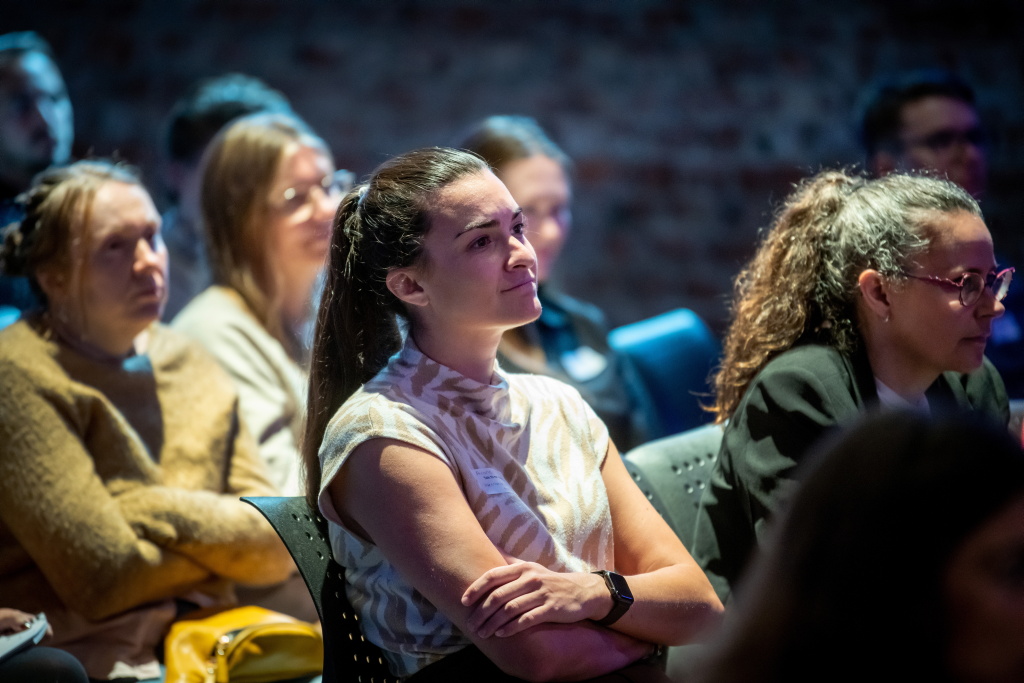
Oslo Innovation Week 2023: Conscientious Innovation: is it possible?
Photo: Gorm K. Gaare
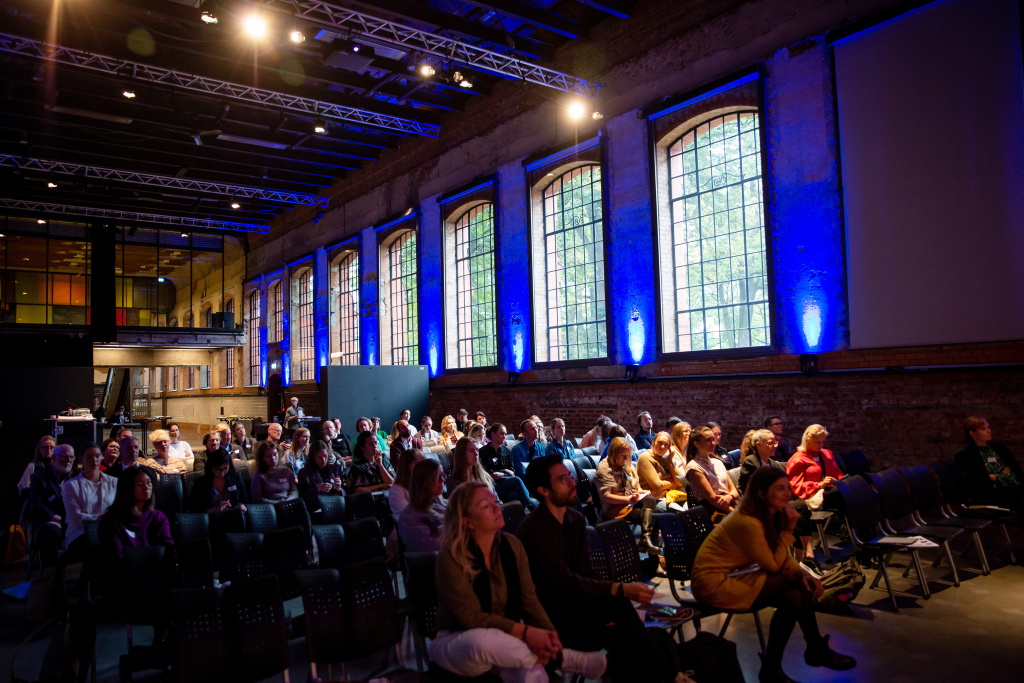
Oslo Innovation Week 2023: Conscientious Innovation: is it possible?
Photo: Gorm K. Gaare
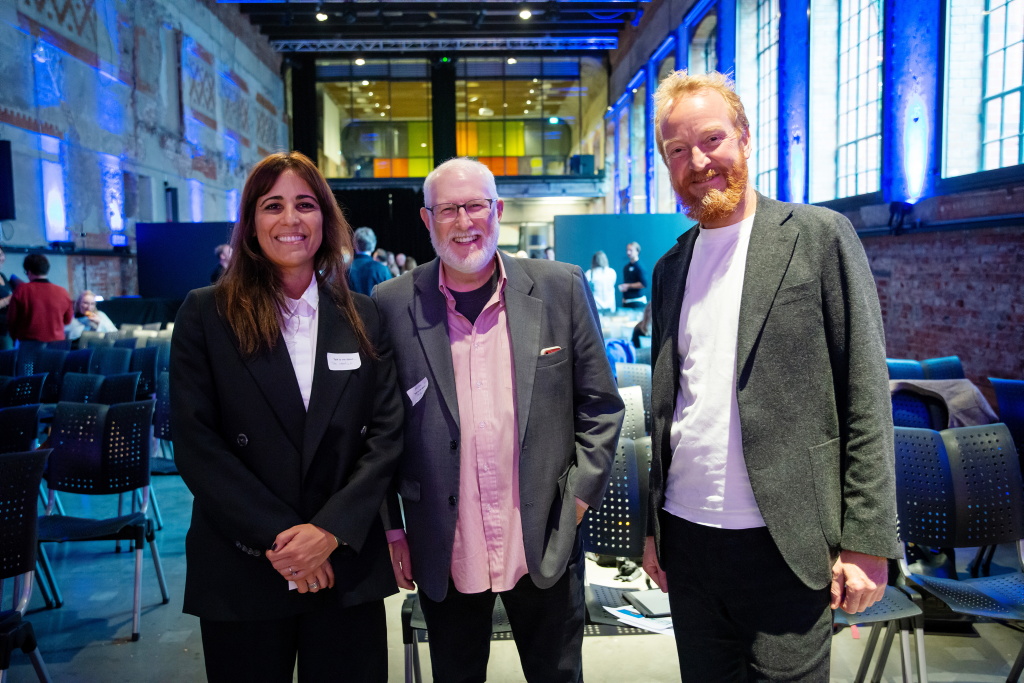
Oslo Innovation Week 2023: Conscientious Innovation: is it possible?
Photo: Gorm K. Gaare
At the moment the world and our societies are at a tipping point: extreme weather patterns, huge gaps between rich and poor, social and economic exclusion, polarized societies, migration from conflict, poverty and environmental degradation. For those of us working with innovation, do the fruits of our labour lead to positive change or are we just contributing further to the problem? At a one-day conference co-hosted by Design and Architecture Norway (DoGA), the Oslo School of Architecture and Design (AHO) and Medinge Group we highlighted the work of those committed to conscientious innovation and discussed how we can genuinely contribute to positive change.
Drawing on Medinge Group’s work on conscience, the day was structured around three core themes: Built to Last; Making People’s Lives Better; and What Goes Around Comes Around.
Built to last
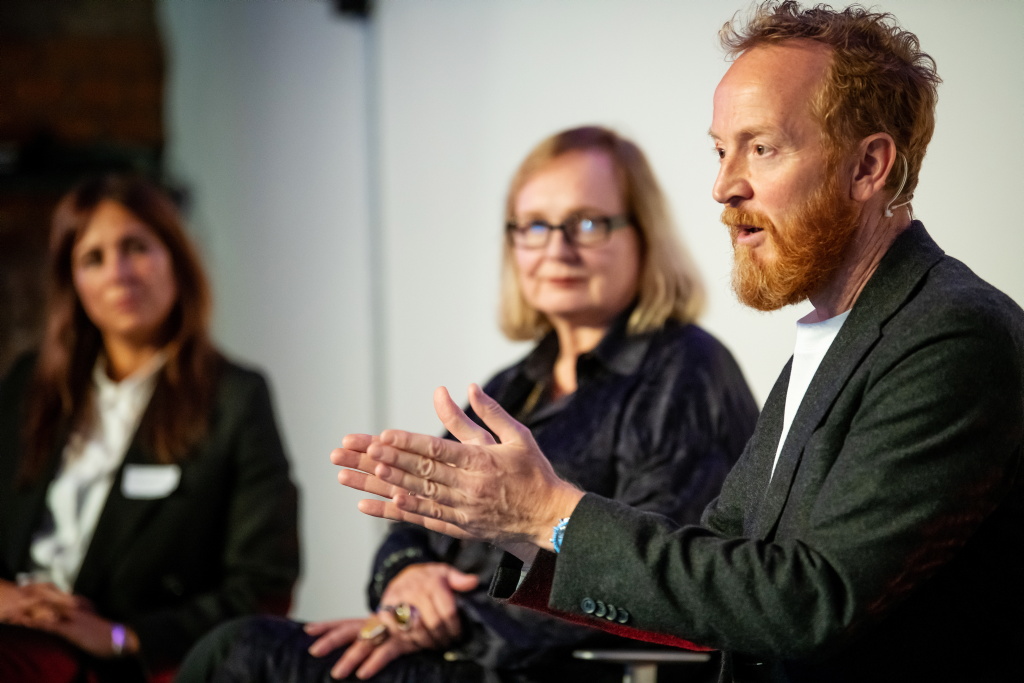
Oslo Innovation Week 2023: Conscientious Innovation: is it possible?
Photo: Gorm K. Gaare
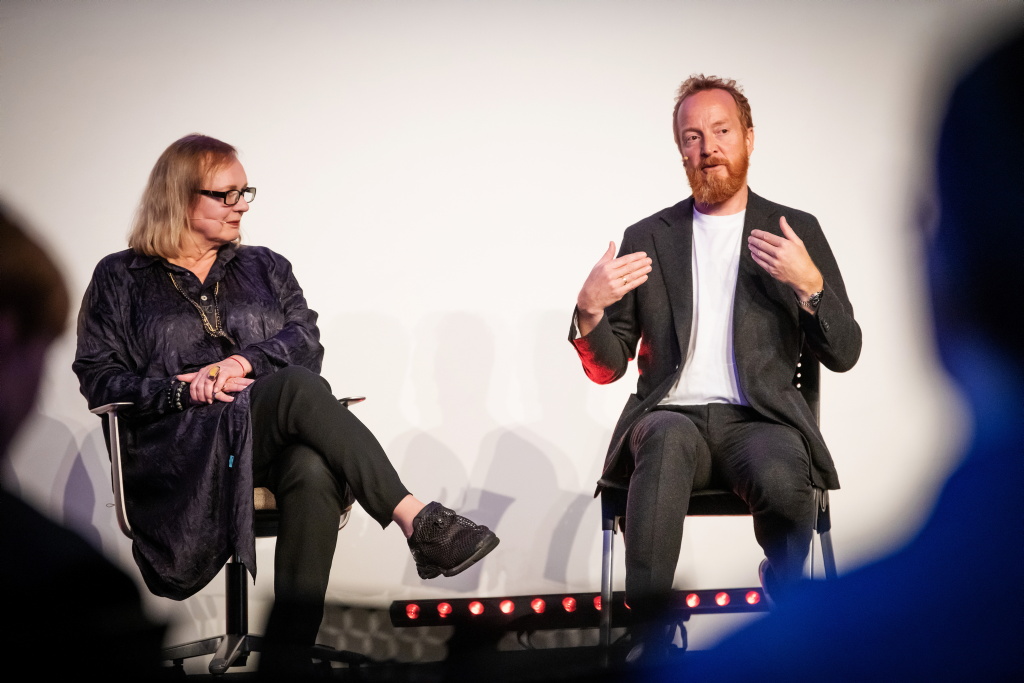
Oslo Innovation Week 2023: Conscientious Innovation: is it possible?
Photo: Gorm K. Gaare

Oslo Innovation Week 2023: Conscientious Innovation: is it possible?
Photo: Gorm K. Gaare
In the first session, Medinge member Brigitte Stepputtis, Head of Couture at Vivienne Westwood, explained how the brand has always been guided by the activist beliefs of founder Vivienne Westwood and her commitment to social and environmental causes. This purposeful approach, which is being continued by her family, also applies to the way clothes and accessories are designed and made. As the mantra of the brand states, ‘Buy less, choose well, make it last.’
Christian Lodgaard, Chief Design Officer at Flokk, a leading manufacturer of sustainable furniture for workplaces, talked about the principles the company had established for designing in a sustainable way and illustrated the approach through the design of a specific chair, the Håg Tion. The chair uses post-consumer plastics in the construction and is made to be repairable and reusable.
Finally, Joana Sá Lima, partner in architectural practice ComteBureau presented on ‘Build or Not to Build’. She recalled the experience of designing a glass city in Dubai for 1 million people, which even included a forest. This was a moment of revelation. When she started her own practice, it was with a commitment to adopt a more critical view that was more conscientious. Instead of simply responding to briefs, Comte poses such question as ‘How might we create smarter and more sustainable living concepts?’ How might we reuse and transform existing building structures and repair what is broken? How might we design for better experiences?
Making people’s lives better
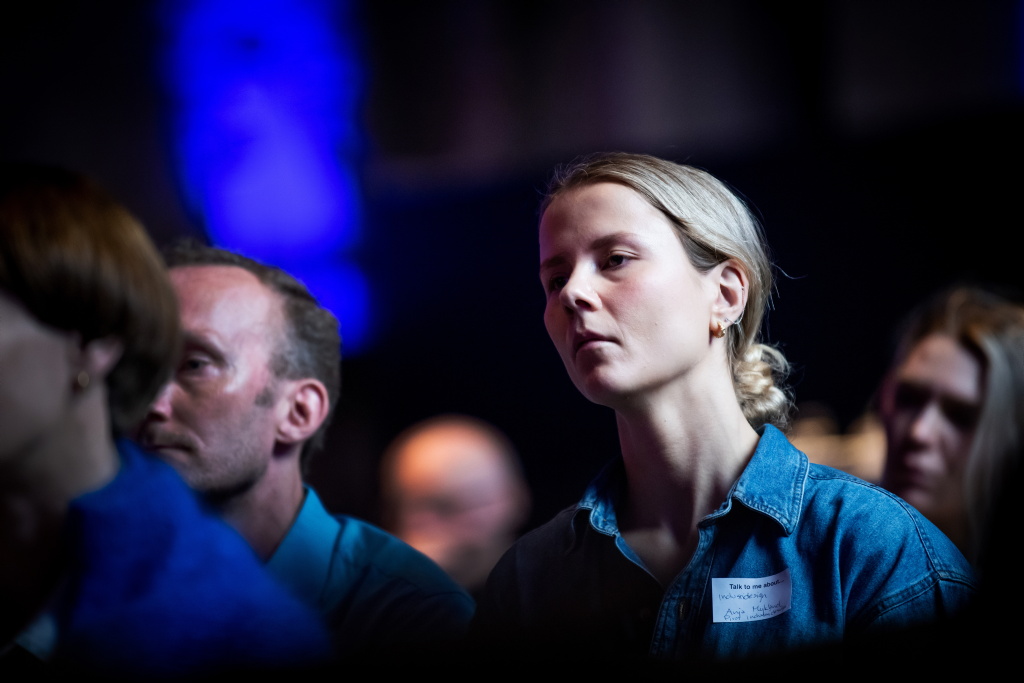
Oslo Innovation Week 2023: Conscientious Innovation: is it possible?
Photo: Gorm K. Gaare
The question that guided this session was how to ensure that innovation puts people at the core. Sudhir John Horo, Convenor of the Tribal Design Forum in India and Medinge member, joined us virtually to narrate how the inherent sustainability of tribal and indigenous cultures, drives an approach that enriches people’s lives and ensures the regeneration of the environment. Not only does this meet the current and future needs of indigenous communities, it is also a powerful reminder to people everywhere to care for our ‘home planet’. The presentation provided a rich illustration of how the Tribal Design Forum builds the capabilities of indigenous designers and helps to create a sense of community.
In their talk on ‘Making Refugees’ Lives Better’, Heidi Dolven, service designer at NAV (the Norwegian Labour and Welfare Agency) and Tetiana Dubovenko from AHO showed how putting people at the heart of the innovation process can drive a rethink as to how government can deliver human-centric services that focus on people’s needs rather than on existing structures and processes. They showed how a service design approach can create and deliver a system that can overcome barriers and provide valuable benefits to users.
Mads Brunn Høy from innovation consultancy Æra described how his company had created a project called Floke that works to address wicked societal problems and to make people’s lives better. Since 2015, there have been 11 floker dealing with everything from food waste, to urban mobility to youth inclusion. The co-creative and systems innovation methods used help to ensure the participation of those most affected.
What goes around comes around
Building a circular economy is a key element in reducing social and environmental impacts. Yet, the traditional approach of businesses is extractive: take, use, discard. The challenge: how to develop an approach that reduces impacts and promotes repair, reuse and recycling?
Camilla Gramstad, Head of Sustainability at Elkjøp Nordic, talked about how Eljkøp is trying to change our attitudes to consuming electronics and the problem of electronic waste. Instead of just seeing customers as the purchasers of products, Elkjøp is trying to engage customers over time and to act as trusted advisers, by promoting the repair and recycling of products.
The Netherlands is a global leader in the circular economy—it has finance and taxation systems that promote circularity and a population that engages with innovative approaches to consumption. Sandra Horlings of the Utrecht-based circular economy consultancy Innoboost and a Medinge member, shared her insights into the Dutch experience, its success stories (Fairphone, Auping), its ambitions to become fully 100 per cent circular by 2050, but also its ongoing challenges.
Finally, Marie Harbo Dahle, a Partner at collaborative incubator, SoCentral and at Pådriv—a network for sustainable development, took us into another area that has huge environmental impacts: construction. She shared the case of Resirqel, which was established in 2013 to address the enormous waste of high-quality building material in Norway. The example showed How a group of enthusiasts connected the value chain partners to provide storage, sales and marketing of materials.
The Big Debate
Chaired by Peter Fischer Brown.
This house is on fire, and there’s no fire brigade!
Is it too late to prevent catastrophic climate change? Or is there still a chance if we act with urgency? Who should be responsible for leading efforts to change? Is it governments and regulators, business leaders and business owners or is it down to citizens and consumers to act and drive conscientious innovation? These were the themes discussed by:
Nicholas Ind and Ted Matthews
26.10.2023
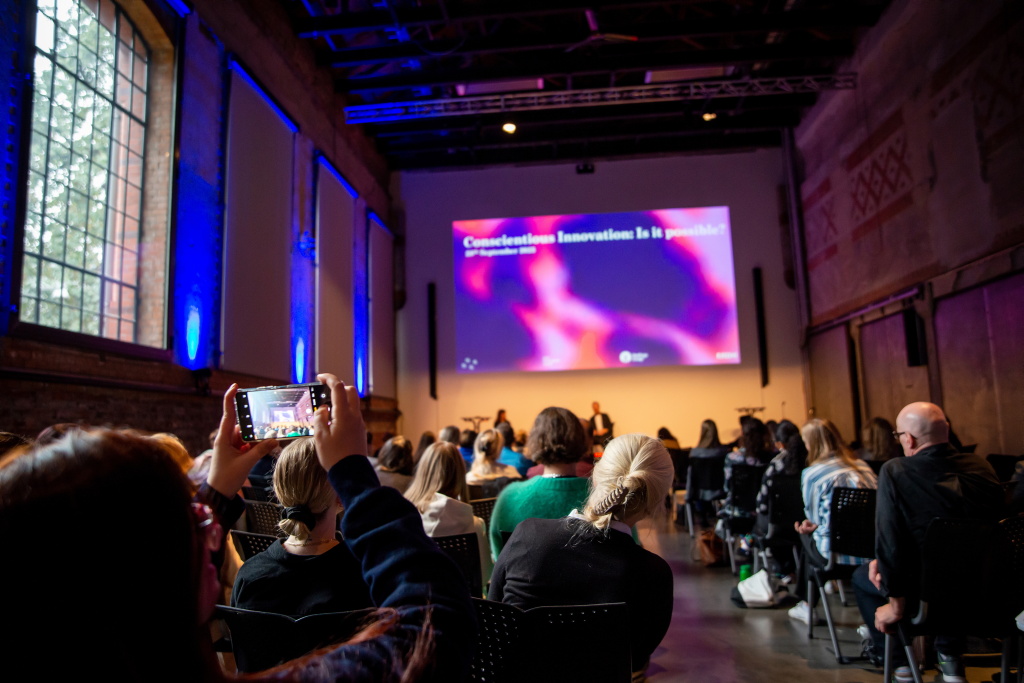
Oslo Innovation Week 2023: Conscientious Innovation: is it possible?
Photo: Gorm K. Gaare

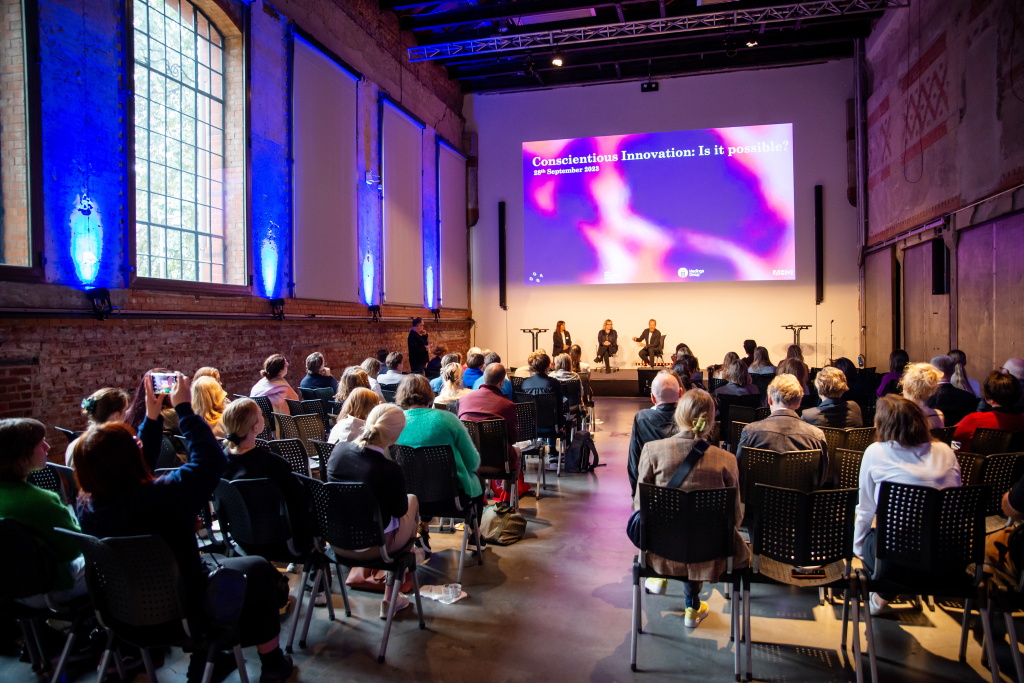
Leave a Reply